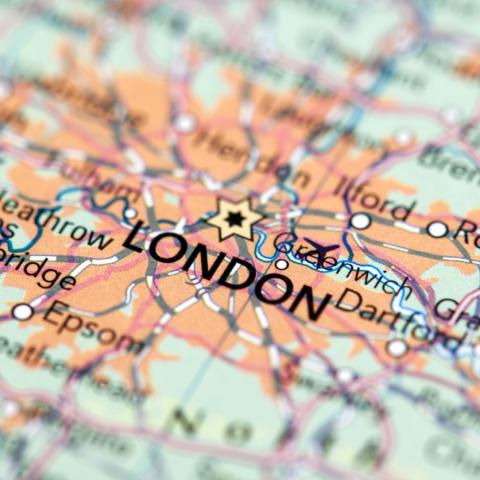Return to The City

The City of London has taken a devastating blow over the past year with businesses suffering from a dramatic decline in footfall due to government restrictions and the shift towards working from home. Research this month indicated there would be no full-time return to the office for more than a million workers, painting a bleak picture for the future of Britain’s financial hub, which only has around 8,000 residents. Last week’s re-opening, however, has re-instilled some much-needed confidence and with a buzz back in the air, the City is clearly far from dead…
On 17 May we ventured back inside pubs, restaurants, hotels and bars, with many thirsty customers grateful to be sipping a cold drink in the warmth. This transition is another important step for venues who have seen a surge in bookings since al-fresco dining was given the green light in April. The CEO of Young’s Pubs, which operates more than 200 pubs, acknowledged that whilst the City was one of their worst performing areas last year, some pubs in the area, such as the iconic Lamb Tavern at Leadenhall, were now “pretty much up to normal trading just with outside spaces.” In a further vote of confidence, Italian market Eataly, which has 40 stores across 15 countries, has just opened in the heart of the City with three restaurants and bars, a cookery school and a market with 5,000 quality Italian and local food products to try. This exciting venture is set to employ 300 people and is another sign of optimism for the Square Mile’s future. The City of London Corporation, the governing body of the City, has also launched a Covid Business Recovery Fund of up to £50m to support hospitality and help SMEs get back on their feet. It has been issuing pavement licences free of charge as part of its revised outdoor dining measures to promote recovery.
The City’s financial markets have been extremely active since the start of 2021. The London Stock Exchange saw its best first quarter for IPOs since 2007 with £5.2bn raised on the Main Market and £441m on AIM. London is still a leading choice for new listings, which is a positive sign for the City’s future appeal. The return of face-to-face networking has seen city workers eager to meet clients and colleagues for long-awaited coffees, lunches and dinners, replacing the virtual drinks and quizzes of 2020. In another encouraging move, the City Corporation has given approval for the development of more than two million square feet of office floorspace within the Square Mile and DWS estimates that City offices could increase in value by over 25% over the next five years, demonstrating the resilience of its office market. The Waterloo and City Line is also set to re-start next month following 15 months of closure, which the Mayor of London has called "an important milestone in the reopening of our city.”
The City’s Recovery Taskforce launched a five-year action plan in April, The Square Mile: Future City, recognizing the need to adapt post-pandemic to enhance the area’s appeal. It promised to “provide the vibrancy individuals crave and businesses need” and ensure that “the City remains a connected cluster of individuals, ideas and business.” Significantly, it accepted the changing economic and social trends caused by the pandemic and the future flexibility of the workforce, while still recognizing the valuable role the City is set to play. Whilst the City may not yet be ‘back’ as we know it, it is certainly on the right track to return to the bustling centre it once was.









